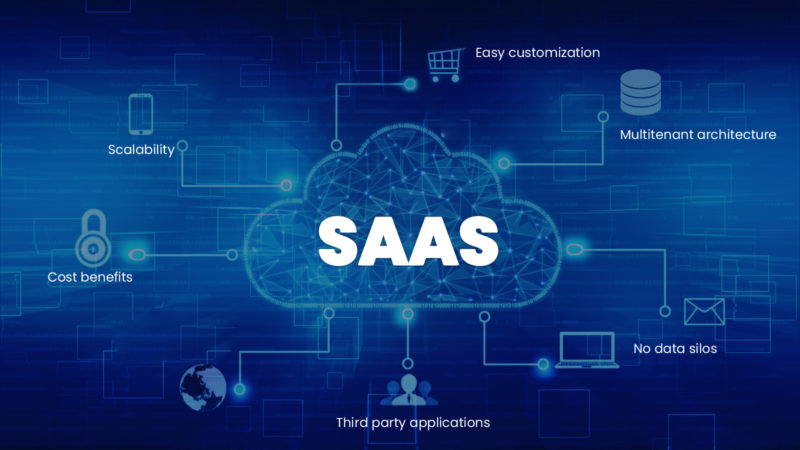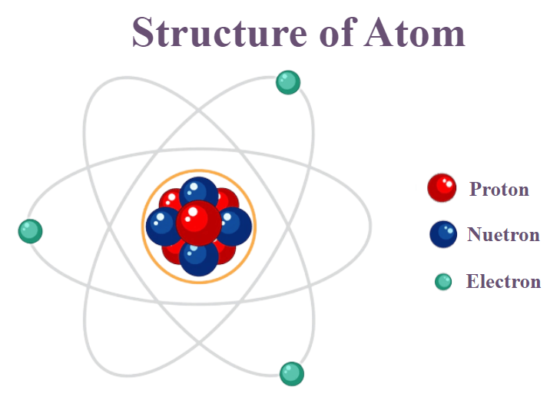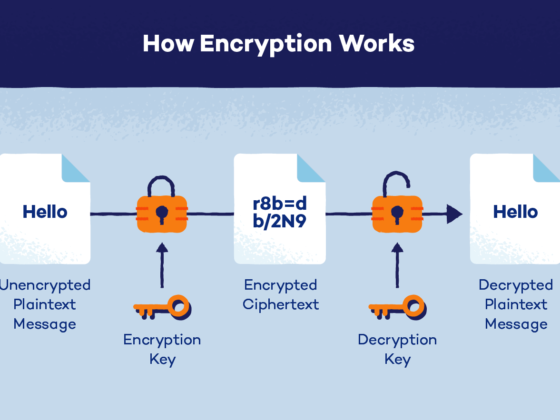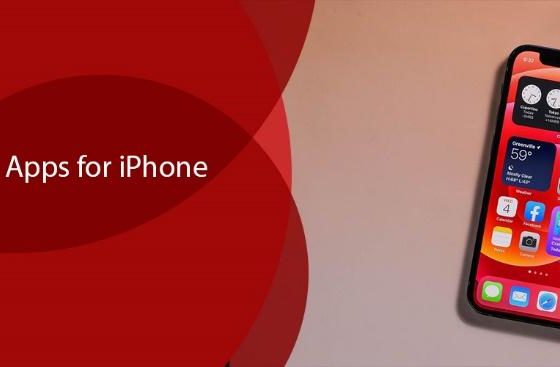SaaS (Software as a Service) has emerged as an essential strategy in our rapidly transforming digital lives, revolutionizing business operations while revolutionizing traditional software industry practices. In this 2000 word article we’ll take an in-depth look into this innovative form of delivering software, its beginnings, progression, characteristics and benefits, challenges it may present and impact it has both on businesses as well as consumers.
Table of Contents This Report Provides an Introduction, Definition and Historical Context of SaaS; Evolution; Early Days and Expansion as Well as Key Characteristics for SaaS
Benefits of SaaS Subscription Model, Automated Updates, Scalability Multi-Tenancy and the Subscription Model have long been touted as key benefits of SaaS for both cost-efficiency, accessibility and mobility, continuous updates and maintenance as well as scaleability multi-tenancy are some of its hallmark characteristics; alongside collaboration and integration.
Competition and Integration; Security Concerns (Dependence on Internet Connectivity, Customization Limitations etc).
Challenges (dependant upon Internet connectivity etc), Data Ownership/Portability issues as well as customisation Limitations SaaS in Action Enterprise Software as Small Medium Businesses (SMBs), Consumer Software Adoption Trends Its Industry Verticals Geographically Trends Future Trends emerging Technologies as Well Integration with Other Technologies Conclusion Recap of Key Points The Ongoing SaaS Revolution
“Software as a Service (SaaS)”refers to an emerging cloud computing model which offers software programs online on an on-going subscription basis, making use of them simpler for users across industries than installing and purchasing individual programs from local computers or servers. Through browser use and pay as you go subscription models this form of delivery of software has grown increasingly popular over time.
Historical Context
SaaS can be traced back to its beginning in computing when mainframe computer systems were being utilized by businesses for software access and resource sharing purposes. But its modern form began taking shape during the mid 2000s as companies such as Salesforce and NetSuite pioneered this model by offering customer relation management (CRM) and enterprise resource planning (ERP) software online – signalling an unprecedented revolution in software. This marked a sea change within software.
Also Read: understanding-artificial-intelligence-a-comprehensive-overview
2. Origin of SaaS
Early Days
Before SaaS came onto the scene, traditional software distribution consisted of selling physical copies or downloading and installing it onto local users’ personal computers – either of these methods presented a number of problems including high upfront costs and complex installations along with upgrades that required routine upkeep and upgrades that needed regular upgrades/maintenance.
SaaS provided companies with an efficient and cost-effective alternative, enabling access to software anytime from any Internet connected computer without needing large infrastructure investments or extensive IT knowledge.
As internet connectivity improved and became more widely accessible, businesses of all sizes began adopting SaaS as their software needs evolved. From office productivity tools like Google Workspace to healthcare industry specific EHR systems such as Electronic Health Records (EHR) systems. The SaaS Ecosystem Has Expanded
Since 2000 we’ve seen rapid adoption of SaaS systems by businesses of all types across industries ranging from office productivity tools like Google Workspace all the way to Electronic Health Records (EHR) systems for electronic patient records systems in healthcare settings.
SaaS markets experienced rapid expansion that attracted both established software firms as well as innovative startups. Mobile devices and app stores helped further facilitate this revolutionary movement enabling users to access SaaS applications via smartphones or tablets.
3. Key Attributes of SaaS In order to understand and appreciate SaaS fully, its primary features should be taken into consideration:
SaaS offers great accessibility. Users are able to connect from any internet connected device with an appropriate web browser allowing co-working, remote access and productivity without being restricted by location or device limitations.
Subscription Model
SaaS operates using subscription pricing models. Instead of purchasing permanent software licenses, users pay an affordable recurring cost (monthly or annually) to access SaaS software. Businesses can expand or reduce usage depending on individual business needs.
Automatic Updates SaaS providers specialize in handling maintenance and software updates automatically for their users’ software, relieving them of the burden of manually keeping up-to-date their application. As a result, users always receive access to the most up-to-date versions, bug fixes and security patches without manually doing updates themselves.
Scalability SaaS solutions are highly adaptable, which makes them suitable for companies of all sizes. Businesses can quickly change or cancel user licenses as their requirements evolve – perfect for today’s ever-evolving businesses! Their scalability also complements modern businesses perfectly.
Multi-Tenancy
SaaS applications often employ the multi-tenant model; that is, one application can serve multiple users (tenants). While sharing one technology platform for all tenants’ information and configurations to stay separate and safe. This efficient use of resources benefits both providers and end-users equally.
Also Read: swot-analysis-how-to-with-table-and-example
4. SaaS Benefits
SaaS can bring many advantages for both customers and businesses alike. Here are just a few key highlights:
Cost-Effectiveness
Subscription-based pricing used by SaaS allows companies to save capital investment upfront for hardware, licenses and infrastructure purchases – an approach which proves more cost effective and allows businesses to better allocate resources while eliminating ownership expenses for software products.
Access and Mobility
SaaS applications provide mobility by making remote work simpler, and improving mobility – this flexibility is especially crucial in our modern globalized world where companies often operate multiple regions simultaneously.
Continuous Updates and Maintenance
SaaS providers take responsibility for updating and maintaining software to make sure users always have access to the most up-to-date capabilities and security enhancements, saving businesses the effort and time associated with maintaining it manually.
Scalability and Flexibility
SaaS solutions are built with flexibility in mind; when businesses expand rapidly or adapt quickly to market trends they can easily expand or reduce user licenses or switch subscription levels to accommodate them.
Collaboration and Integration
SaaS applications typically offer collaboration tools and can easily integrate with multiple cloud-based apps for efficient collaboration, data sharing and workflow automation. Integration capabilities are vital when businesses seek to streamline their processes.
5. Challenges of SaaS
While SaaS provides many advantages, there may also be certain challenges and issues related to using it:
Security Concerns
SaaS environments present unique security challenges. Storing sensitive data online raises issues of data protection and compliance with industry regulations; to combat this risk effectively SaaS providers must enact strong measures, while users need to protect themselves by being proactive about guarding against data loss or leaks.
Dependency on Internet Connectivity
SaaS applications rely heavily on reliable internet connections; while this should typically not present an issue in regions with excellent access, slower or intermittent connections could negatively affect productivity and result in slower service overall.
Data Ownership and Portability
Users must remain cognizant of ownership of data when employing SaaS services, with specific attention paid to transferability between providers being difficult. Therefore, businesses should plan ahead so they have control of their information even if they switch providers at some point in the future.
Customization Limitations
SaaS applications tend to offer standard solutions designed to serve a large population. Although customization is possible to some degree, users could face difficulties trying to adapt it for individual requirements – something which poses as an issue for companies with highly specific requirements.
6. SaaS in Action
SaaS solutions have proven their worth in multiple fields and meet various user requirements:
Enterprise Software
Large businesses have turned to SaaS solutions like Salesforce, Oracle and Workday’s SaaS services in recent years to assist with critical tasks including customer relationship management (CRM) as well as ERP (ERP) and human resource administration (HR). Their extensive catalogues offer tailored offerings designed specifically to the business requirements.
Small and Medium Businesses (SMBs)
SMBs benefit greatly from SaaS’ cost-efficiency and scaling abilities, accessing important business tools like Accounting software (e.g. QuickBooks Online) as well as productivity/email suites like Microsoft 365/Trello without needing an extensive IT infrastructure.
Consumer Software
SaaS applications have become staples in everyday life for consumers as well. From streaming services such as Netflix and Spotify to social media platforms like Facebook and Twitter as well as cloud storage options like Dropbox – SaaS applications have become indispensable parts of our daily routines.
7. SaaS Adoption Trends
Adoption rates vary across industries and geographic regions:
Industry Verticals Health Care: SaaS can be seen frequently used within the healthcare industry for electronic health records (EHR), telemedicine services and practice management software solutions.
Finance Financial institutions increasingly rely on SaaS solutions for managing core banking functions as well as risk administration and customer relations management.
Education Educational institutions use SaaS solutions for managing learning management systems (LMS), Student Information Systems (SIS), and administrative tools.
Geographic Trends
North America: SaaS services have long been prevalent throughout various industries in North America and Canada, particularly for enterprise software solutions. Europe Similarly, countries such as Britain, Germany and France boast prominent SaaS offerings with large SaaS presences especially within their enterprise software market segments.
Asia-Pacific The Asia-Pacific region has witnessed tremendous SaaS expansion due to emerging markets like India and China, driving rapid SaaS growth.
8. Future of SaaS SaaS continues to flourish and adapt to an ever-evolving technological environment and user expectations, and these key aspects will determine its trajectory:
Emerging Technologies
Artificial Intelligence (AI): SaaS applications will increasingly include artificial intelligence as well as machine-learning algorithms in order to deliver more intelligent insights derived from data analysis and automatization capabilities.
Edge Computing: SaaS providers may extend their service to devices at the edge, which allows real-time processing with reduced latency and reallocates data more effectively. Quantum Computing: Quantum computing technology is maturing fast, making use of its capabilities for performing sophisticated calculations or encryption services more beneficial than ever to SaaS providers.
Sustainability in SaaS Sustainability has become more prominent within the SaaS sector. Service providers are investing in green data centers, using resources wisely, and encouraging sustainable practices which reduce their carbon footprint and contribute to reduced operational expenses.
Integration With Other Technologies
SaaS continues to explore how best to incorporate emerging technologies like the Internet of Things (IoT), blockchain and Augmented Reality (AR). Such integration will open new avenues of efficiency and innovation for business growth.
Conclusion
At its heart, Software as a Service (SaaS) has revolutionized software by offering users flexible access and affordable access to software applications. Since SaaS’ inception to today, it has experienced rapid advancement. SaaS boasts numerous advantages including cost savings, easy access and auto-updates as well as scalability and collaboration features that could potentially enhance business efficiency and collaboration capabilities.
However there are issues surrounding security, internet dependence, ownership of data, and limitations on customization that must be overcome. SaaS has proven useful across SMBs, enterprises and consumer software – though adoption rates vary depending on sector or location.
SaaS holds great promise as we move into 2019, including innovative technology, green initiatives and deeper integrations with advanced technologies. SaaS will play a critical role in shaping how businesses and users communicate with technology for increased efficiency and innovation in this digital era.
SaaS revolution is not simply evidence of cloud computing’s immense power; rather it encapsulates society’s ever-evolving needs and aspirations. Over time it will be fascinating to watch as SaaS continues its path across digital environments – opening new possibilities and possibilities for all involved parties involved.















